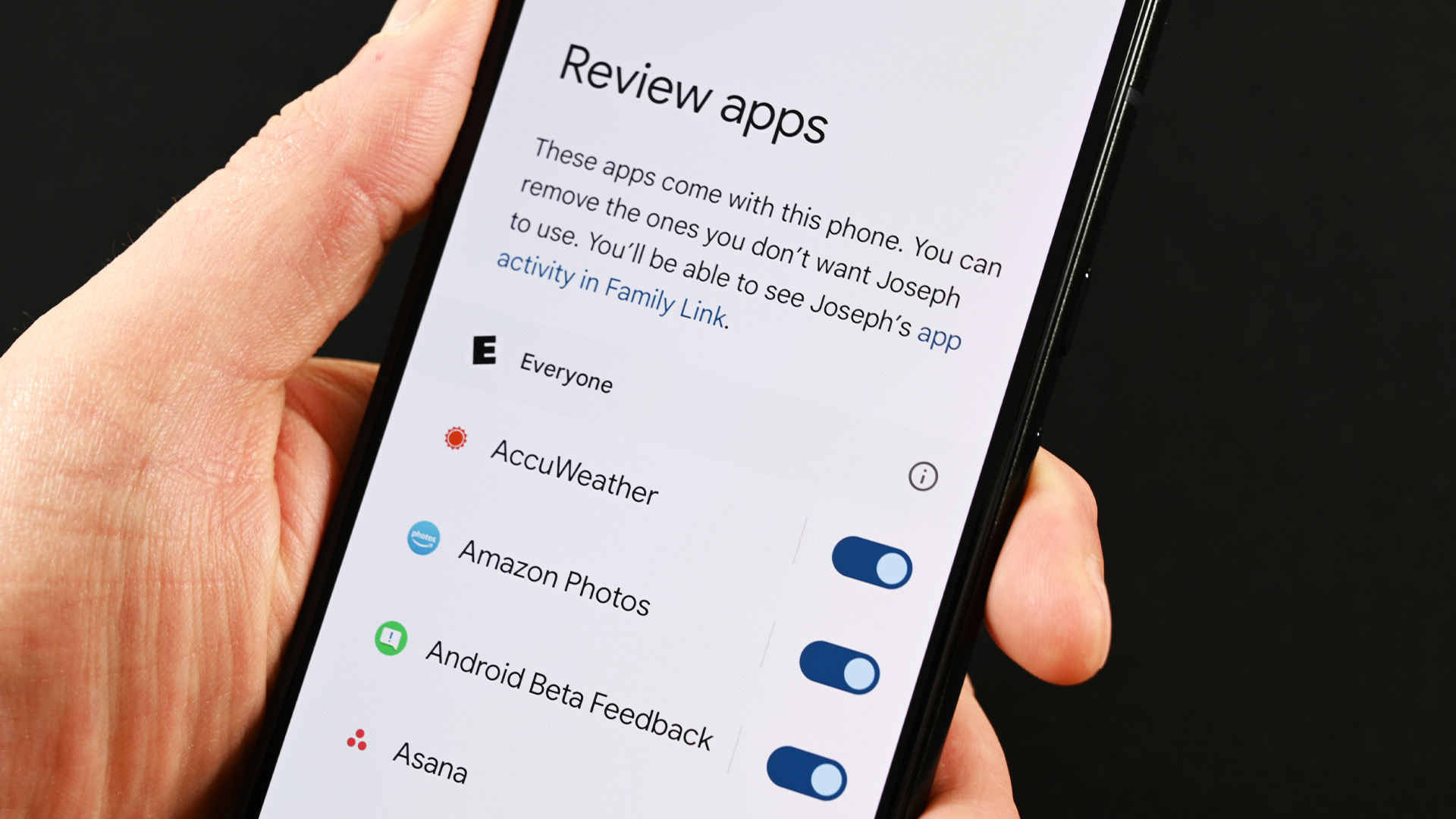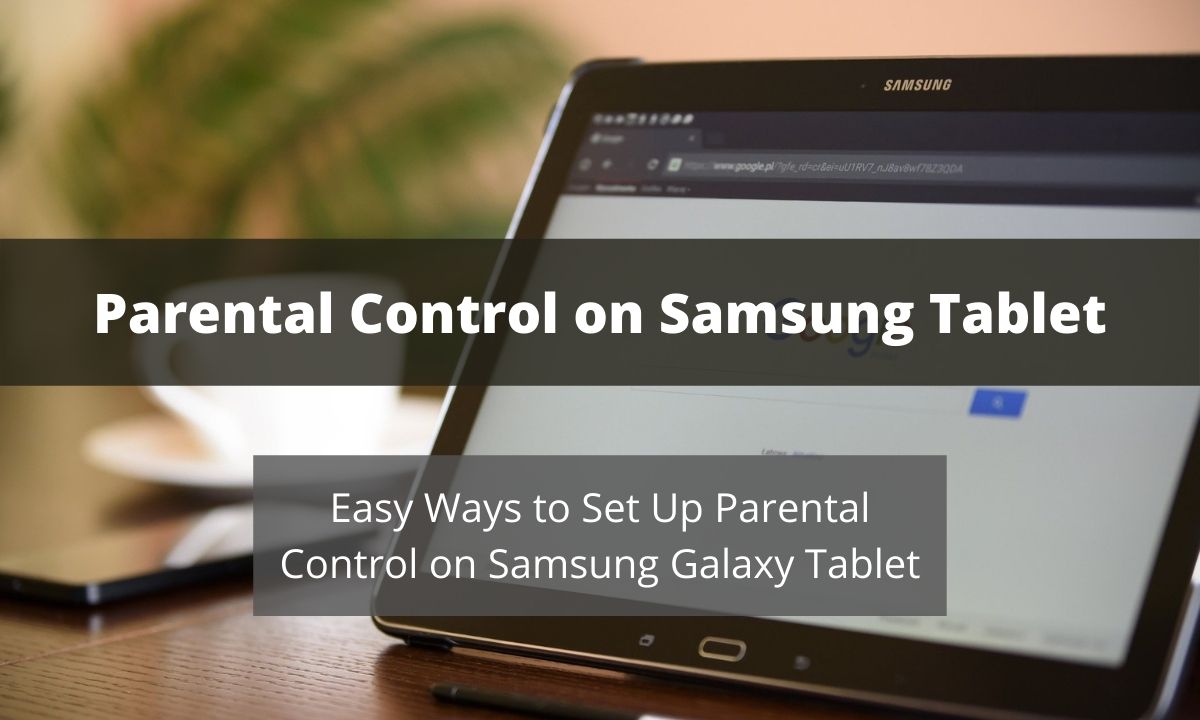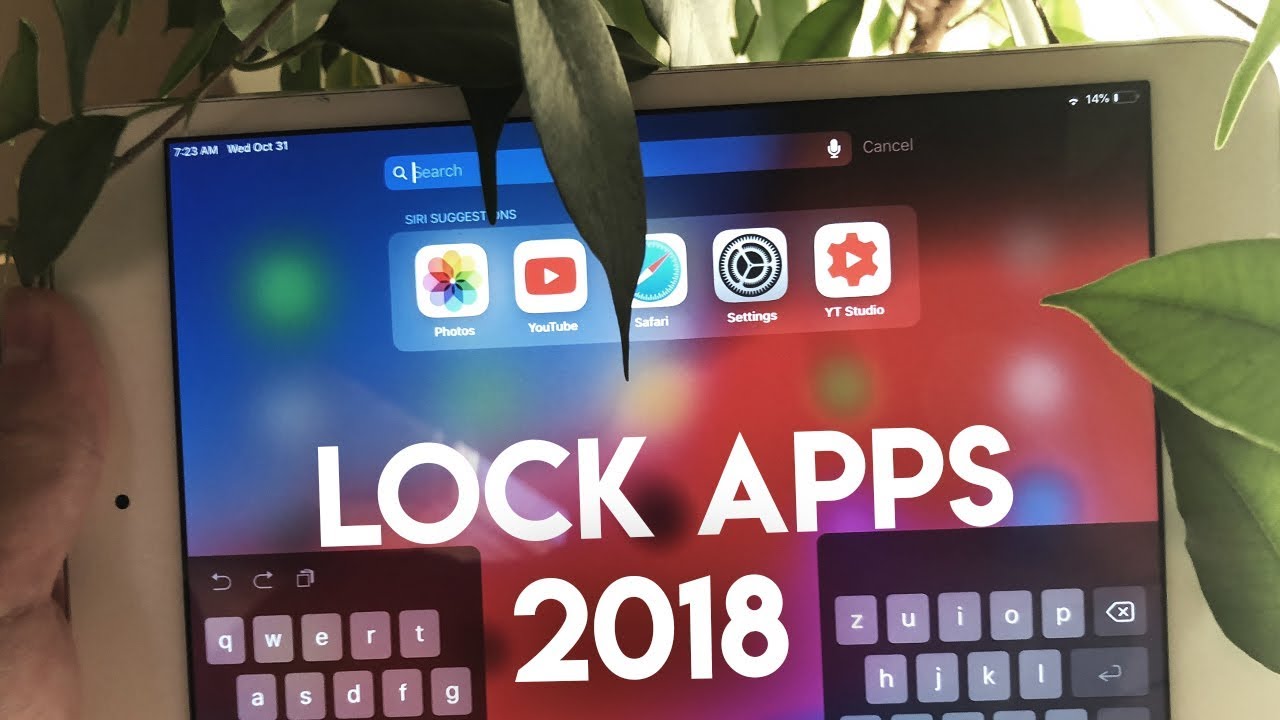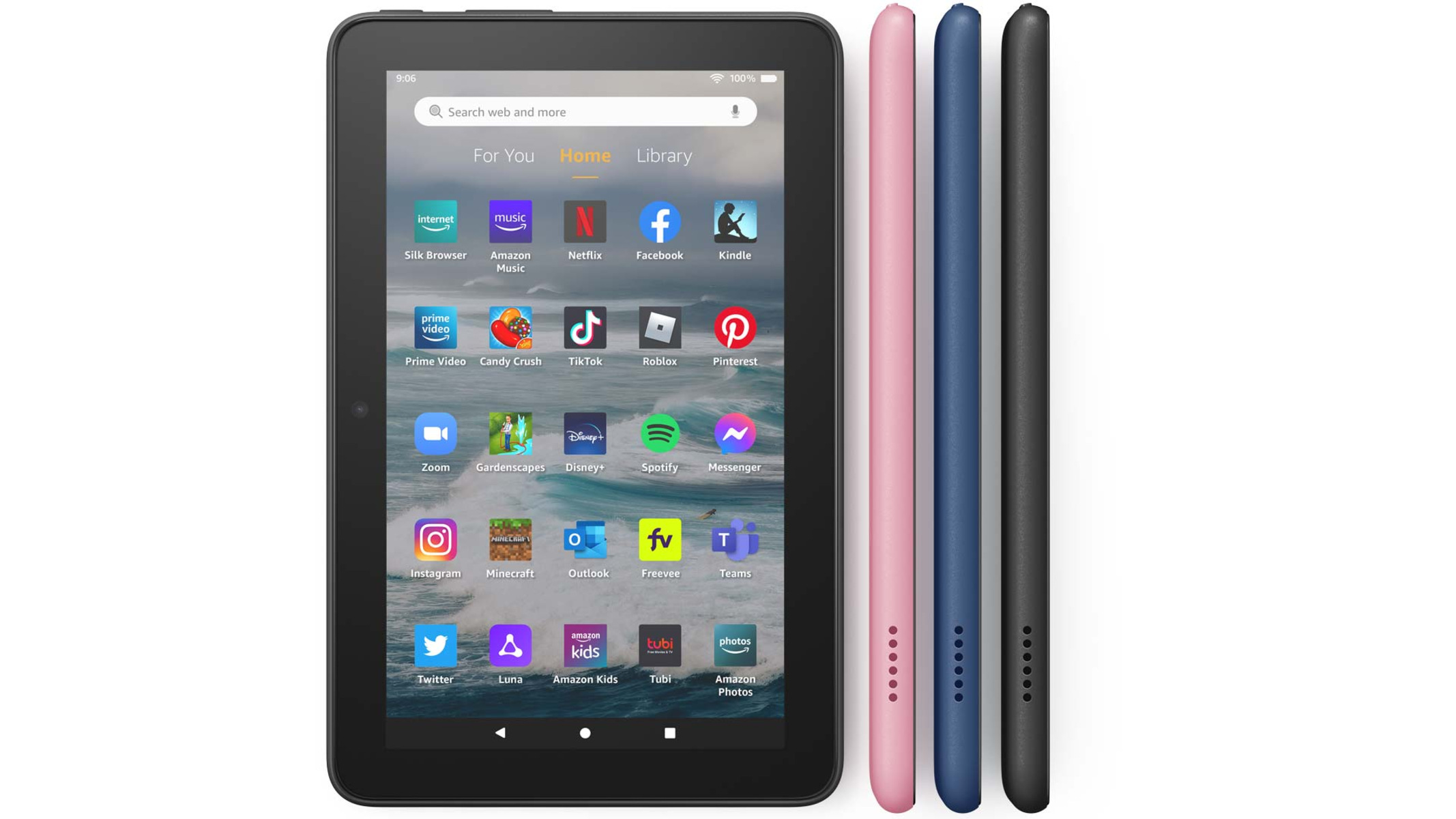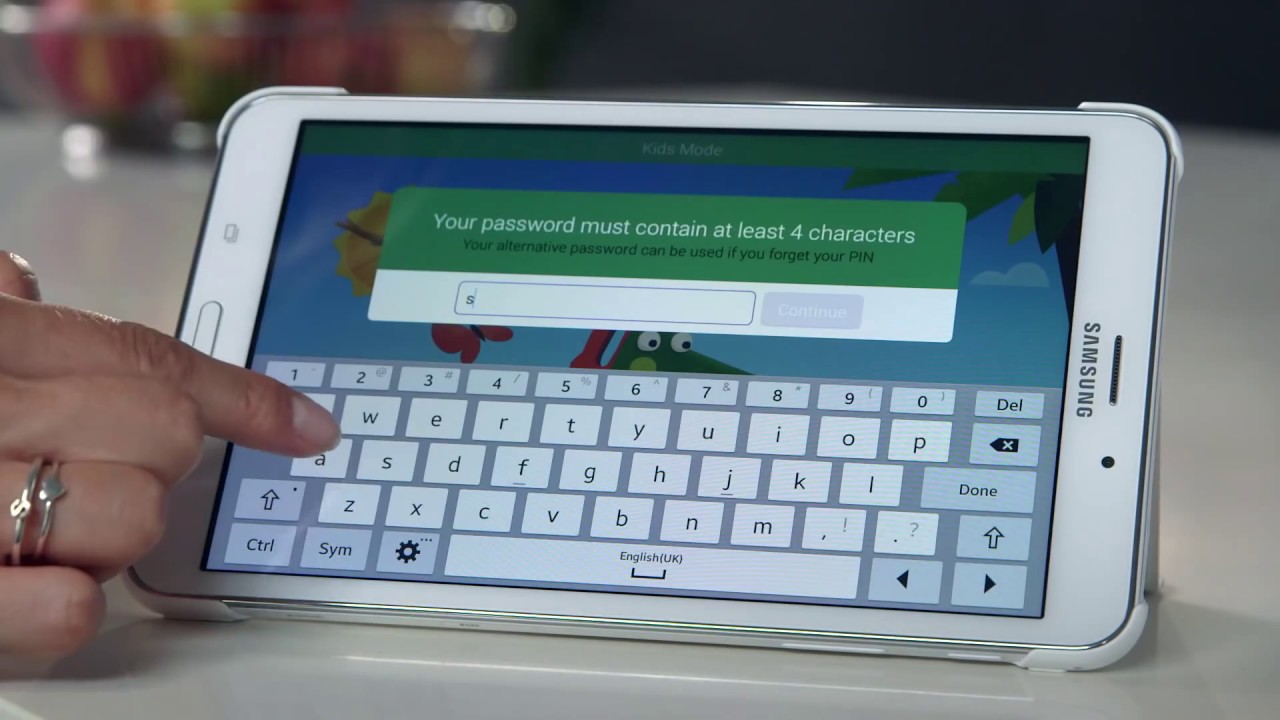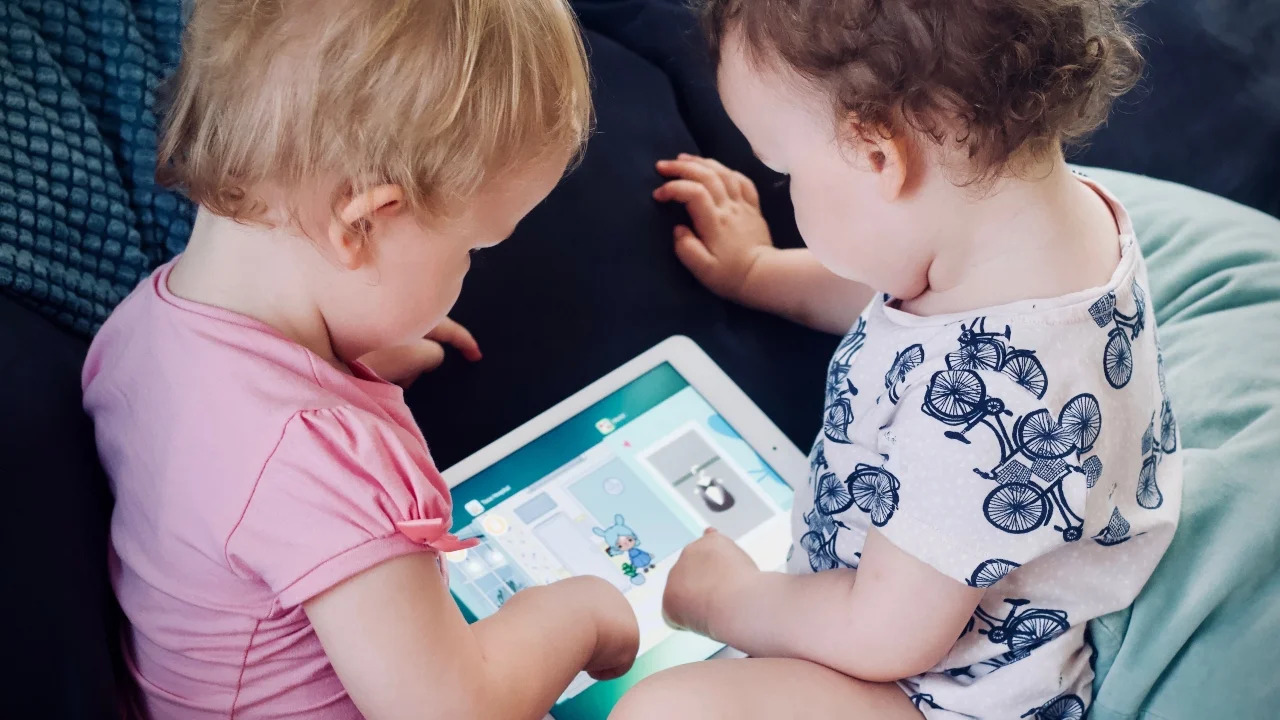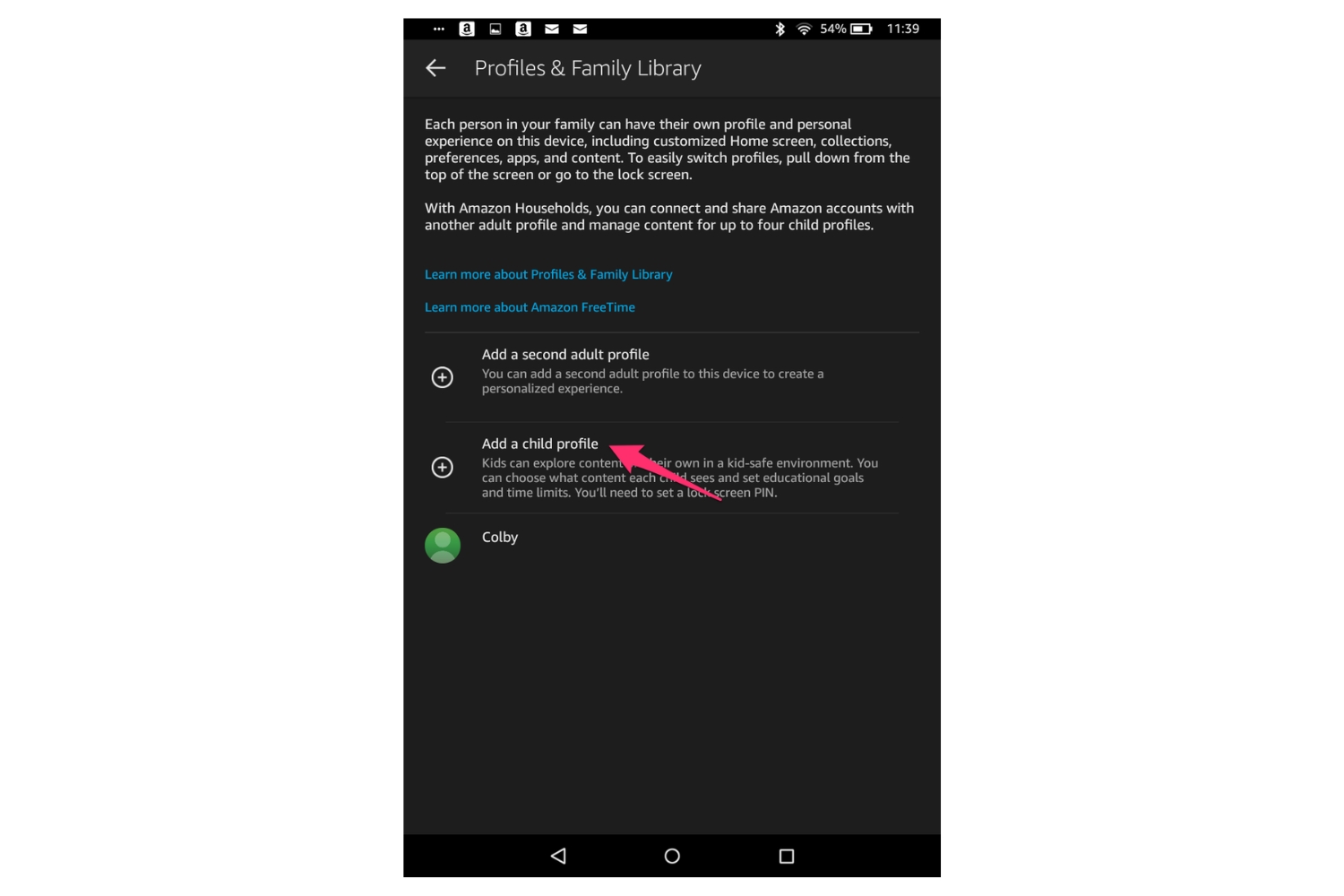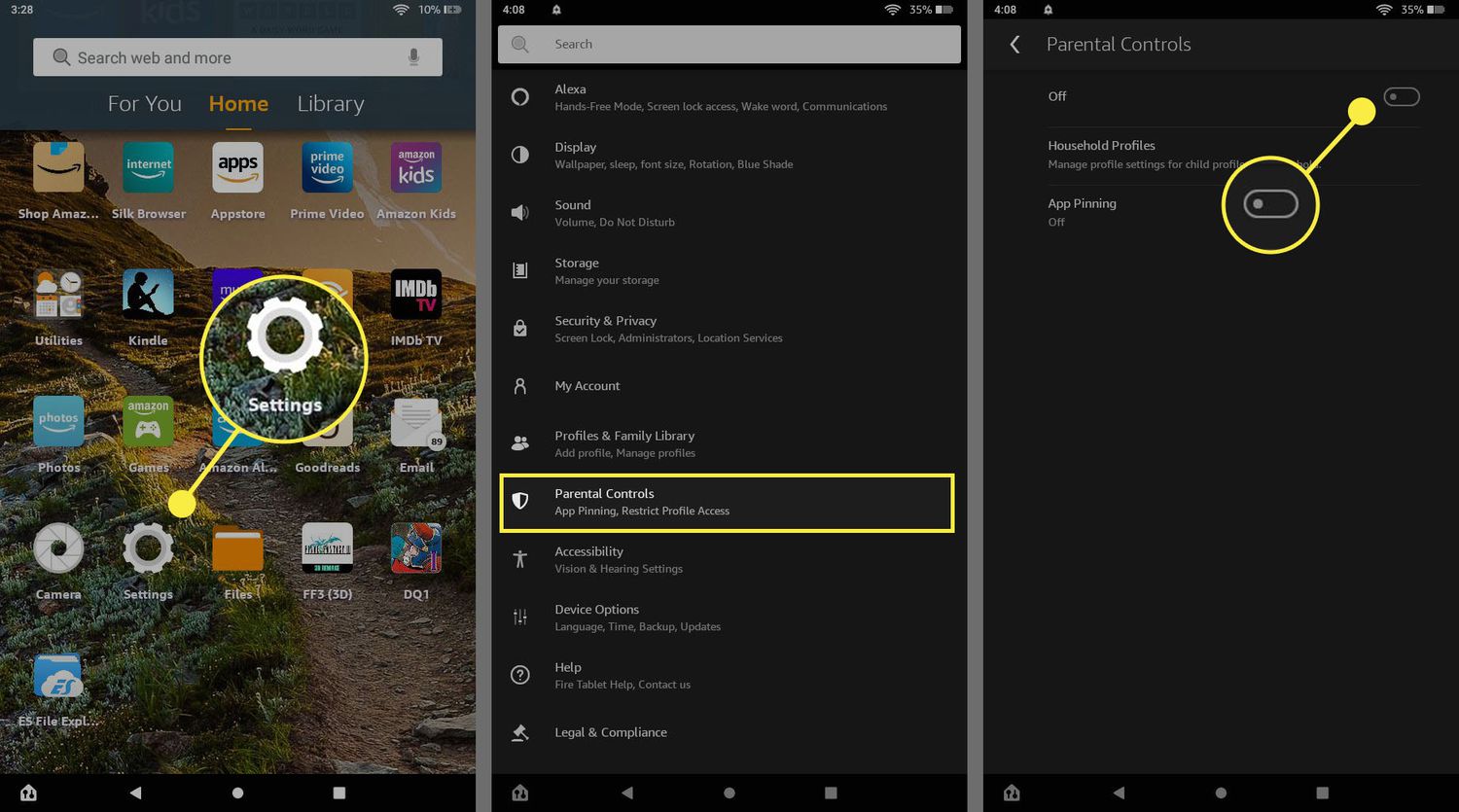Locking Apps and Restricting Access
One important aspect of implementing effective parental control on a tablet is the ability to lock specific apps and restrict access to certain features. By doing so, parents can ensure their children only have access to appropriate content and prevent them from using apps that may be unsuitable for their age.
There are several ways to lock apps and restrict access on a tablet. One common method is to set up a passcode or PIN that is required to open specific apps. This can be easily done through the device’s settings or by using third-party parental control apps. By setting a passcode, parents can prevent their children from accessing certain apps without their knowledge or permission.
Another approach is to utilize the built-in app restrictions and parental controls provided by the operating system. Both Android and iOS offer options to limit access to certain apps or features based on age ratings or content categories. For example, parents can restrict access to social media apps, games, or adult content, ensuring that their children are using the device in a safe and responsible manner.
In addition to app locking, it is also possible to restrict the use of certain features on the tablet, such as making phone calls, sending text messages, or accessing the internet. By disabling these features or setting time restrictions, parents can have greater control over how the tablet is used by their children.
Overall, locking apps and restricting access is an effective way to ensure that children are only using appropriate content and features on their tablets. By implementing these measures, parents can have peace of mind knowing that their children are using the device responsibly and safely.
Content Filtering and Blocking Inappropriate Content
Content filtering is a critical component of parental control on a tablet, as it allows parents to prevent their children from accessing inappropriate or harmful content. With the vast amount of content available online, it’s crucial to have effective measures in place to filter out content that may not be suitable for a young audience.
Most tablets come with built-in content filtering options that allow parents to block specific websites or set up filters based on age appropriateness. These filters can be customized to restrict access to adult content, violence, explicit language, or any other content category that is deemed inappropriate.
Another way to enhance content filtering is to utilize reputable third-party applications or services that offer more advanced filtering features. These applications often provide comprehensive content databases and regularly update their filters to ensure they stay up-to-date with the latest online threats and inappropriate content.
In addition to blocking specific websites or categories, parents can also make use of search engine restrictions. By enabling safe search settings on popular search engines, parents can prevent their children from stumbling upon explicit or inappropriate search results. This feature is typically available within the search engine settings or can be controlled through parental control apps.
It’s worth mentioning that content filtering is not foolproof, and there may be instances where some inappropriate content slips through the filters. Therefore, it’s advisable for parents to regularly monitor their children’s online activities and have open conversations about internet safety.
Overall, content filtering plays a vital role in ensuring children’s online safety and protecting them from accessing inappropriate content. By utilizing both built-in and third-party solutions, parents can provide a safer browsing experience for their children and have greater peace of mind.
Setting Up Time Limits and Screen Time Restrictions
In today’s digital age, it’s important for parents to establish healthy screen time habits for their children. Setting up time limits and screen time restrictions on a tablet is an effective way to ensure that children are not spending excessive amounts of time glued to their screens.
Most tablets offer built-in features that allow parents to set daily or weekly time limits for device usage. Parents can specify how much time their children are allowed to spend on the tablet, and once the time limit is reached, the device will automatically lock or restrict access to apps and features.
Setting up screen time restrictions goes hand in hand with scheduling. Many tablets come with a scheduling feature that allows parents to specify specific times during the day when the tablet can be used, as well as when it should be off-limits. This ensures that children have a balanced approach to screen time and encourages them to engage in other activities.
Additionally, parents can utilize parental control apps that offer more advanced screen time management features. These apps provide detailed insights into how much time children spend on different apps or websites and enable parents to set more granular restrictions based on specific times of the day or week.
It’s important to note that setting up time limits and screen time restrictions should be done in conjunction with open communication and education about responsible device usage. Parents should discuss with their children why it’s important to have screen time limits, the benefits of taking breaks from screens, and the importance of engaging in other activities.
By effectively managing screen time and setting up appropriate restrictions, parents can help their children develop healthy screen time habits and maintain a healthy balance between digital engagement and other aspects of their lives.
Website and Search Engine Restrictions
As children explore the internet on their tablets, it’s crucial for parents to have control over the websites they can access and the search engine results they encounter. By implementing website and search engine restrictions, parents can ensure that their children have a safer and more age-appropriate browsing experience.
One way to enforce website restrictions is through the use of parental control apps or built-in settings on the tablet. These tools allow parents to create whitelists or blacklists of websites, specifying which sites are allowed or blocked. Whitelisting restricts access to only approved websites, while blacklisting prevents access to specific websites that are deemed inappropriate.
In addition to controlling individual websites, parents can also utilize content filtering options to block entire categories of websites. These categories may include adult content, gambling, violence, or social media platforms. By restricting access to these types of websites, parents can protect their children from exposure to harmful or inappropriate content.
Furthermore, it is important to address search engine restrictions. Most search engines offer safe search settings that allow parents to filter out explicit or adult content from search results. Enabling this feature ensures that children are more likely to come across age-appropriate and safe content during their online searches.
Parents should regularly review and update website and search engine restrictions as their children grow and their internet usage patterns change. It’s important to strike a balance between providing a safe browsing environment and allowing for age-appropriate exploration and learning.
While website and search engine restrictions are effective tools, it’s important to remember that they are not foolproof. It’s essential for parents to remain vigilant and regularly monitor their children’s online activities to ensure their safety and well-being.
Overall, website and search engine restrictions are valuable tools for parents to protect their children while they navigate the online world. By implementing these restrictions, parents can create a safer online environment and guide their children’s internet usage effectively.
Managing App Purchases and In-App Purchases
App purchases and in-app purchases can quickly accumulate and lead to unexpected expenses for parents. To avoid this, it’s essential to have measures in place to manage and control app purchases on a tablet.
One way to manage app purchases is by configuring the device’s settings to require parental approval for any new app downloads or purchases. This ensures that children cannot download or buy apps without the consent of their parents. By setting up a password or authentication method, parents can have control over what apps are installed on the tablet.
In addition to managing app purchases, it’s important to pay attention to in-app purchases. Many apps offer additional content, features, or virtual items that can be purchased within the app. To prevent accidental or unauthorized purchases, parents can disable in-app purchases or set up password protection for each transaction.
For younger children, it may be beneficial to use a child-friendly app store or create a separate user account with restricted access to app purchases. This way, children can only access age-appropriate apps and parents can have peace of mind knowing that their children won’t accidentally make purchases.
Regularly reviewing app purchases and keeping track of the apps installed on the tablet is also important. It’s helpful to have conversations with children about responsible spending habits and the importance of seeking parental approval before making any purchases.
Additionally, parental control apps often offer features to manage and monitor app purchases. These apps can provide insights into the apps that are downloaded, the amount spent on in-app purchases, and even allow parents to block specific apps or purchases altogether.
By actively managing app purchases and in-app purchases, parents can prevent unexpected expenses and ensure that their children are using the tablet responsibly. It’s important to strike a balance between allowing for app exploration and controlling purchases to maintain a safe and economical digital experience.
Enforcing Safe Browsing and Security Measures
Ensuring safe browsing and implementing robust security measures on a tablet is crucial for protecting children from online threats and safeguarding their personal information. By enforcing safe browsing practices and implementing effective security measures, parents can create a safer digital environment for their children.
One of the fundamental security measures is to keep the tablet’s operating system and apps up to date. Regularly updating the software ensures that security vulnerabilities are patched, reducing the risk of unauthorized access or malware infections. Parents should enable automatic updates or check for updates manually on a regular basis.
Safe browsing practices can be enforced by configuring the tablet’s web browser to block pop-ups, disable auto-fill for sensitive information, and enable warnings for potentially harmful websites. It’s also important to teach children about the importance of not clicking on suspicious links or providing personal information online.
In addition to safe browsing settings, it’s crucial to educate children about online security and the importance of strong passwords. Encourage children to use unique passwords for their accounts and to avoid sharing passwords with anyone. Parents can also consider using password management tools to securely store and manage passwords.
Furthermore, it’s advisable to enable device encryption, which protects the tablet’s data in case it gets lost or stolen. Encryption ensures that only authorized users can access the data stored on the tablet, adding an extra layer of security.
Parental control apps often provide advanced security features such as app lock, remote device location, and the ability to remotely wipe data if the tablet is lost or stolen. These additional security measures give parents greater control and peace of mind.
Regularly discussing online safety and security with children is crucial. Teach them about the importance of not sharing personal information, avoiding suspicious websites, and reporting any inappropriate or concerning content encountered online.
By enforcing safe browsing practices and implementing robust security measures, parents can mitigate the risks associated with internet usage and protect their children from online threats. It’s important to stay proactive and regularly reassess and update security measures to stay ahead of evolving threats.
Monitoring and Accessing Activity Reports
Monitoring and accessing activity reports is an essential component of effective parental control on a tablet. By keeping track of their children’s online activities, parents can gain insight into their digital behavior, identify any potential issues, and ensure their safety.
Many parental control apps offer comprehensive activity monitoring features that provide detailed reports on app usage, websites visited, search queries, and even social media activity. These activity reports offer valuable information to parents, allowing them to see how their children are spending their time online and identify any inappropriate or concerning activities.
Accessing and reviewing activity reports enables parents to have informed conversations with their children about their online behavior. It provides an opportunity to discuss the importance of responsible internet usage, digital citizenship, and the potential risks and consequences of certain actions online.
In addition to monitoring activities, it’s important to emphasize the aspect of trust and open communication. Parents should have open discussions with their children about why they are monitoring their activities and reassure them that it is for their safety and well-being.
While activity reports are valuable tools, it’s important to use them responsibly and respect the privacy of children. It’s crucial to strike a balance between monitoring and giving children some level of independence and trust.
Parents should also be aware of any legal requirements or restrictions regarding monitoring activities on a tablet. Laws may vary depending on the jurisdiction, so it’s essential to familiarize oneself with the applicable regulations and ensure compliance.
Overall, monitoring and accessing activity reports provide parents with a means to understand and guide their children’s online activities. It allows for proactive intervention, promotes responsible digital behavior, and helps ensure a safer online experience for children.
Setting Up Age-Appropriate User Profiles
Setting up age-appropriate user profiles on a tablet is a crucial step in implementing effective parental control. It allows parents to create a personalized digital environment for each child, tailored to their age, interests, and level of maturity.
Most tablets offer the option to create multiple user profiles, each with its own settings and restrictions. This allows parents to customize the tablet experience for each child, ensuring they only have access to age-appropriate content and features.
When setting up user profiles, parents can select appropriate content filters and restrictions based on the child’s age. Younger children may have stricter restrictions, while older children can have more freedom within reasonable limits.
Furthermore, user profiles enable parents to set up different levels of access and privileges. For example, parents can grant certain children the ability to download apps while restricting that feature for others. They may also customize the types of content available to each child, such as apps, movies, or games.
It’s important to regularly review and update user profiles as children grow and their needs change. As children become more responsible and mature, parents can gradually adjust the restrictions and privileges to match their evolving digital capabilities.
Through age-appropriate user profiles, parents can foster a sense of ownership and responsibility in their children. They can teach them about making responsible choices and using technology in a balanced manner.
Communication plays a vital role when setting up user profiles. It’s important for parents to have open discussions with their children about the reasons behind the restrictions and limitations. Engaging children in these conversations helps them understand the importance of age-appropriate content and safe device usage.
Overall, setting up age-appropriate user profiles on a tablet is an effective way to provide a personalized and safe digital experience for children. By customizing settings, restrictions, and privileges, parents can ensure their children are accessing content that is suitable for their age and fostering healthy digital habits.
Utilizing Third-Party Parental Control Apps
When it comes to implementing comprehensive parental control on a tablet, utilizing third-party parental control apps can be a valuable strategy. These apps offer additional features and functionalities that can enhance the level of control and customization parents have over their children’s device usage.
One of the key benefits of third-party parental control apps is the ability to have a centralized control panel or dashboard that allows parents to manage multiple aspects of their children’s device usage. From app restrictions to screen time limits, these apps provide a convenient and user-friendly interface for setting up and managing various parental control settings.
Parental control apps often offer advanced content filtering options that allow parents to tailor the browsing experience to the specific needs and age of their children. These apps typically have extensive databases of age-appropriate websites and categories that can be easily customized and updated as needed.
In addition to content filtering, third-party parental control apps often provide monitoring and reporting features that give parents a detailed overview of their children’s app usage, websites visited, and even their location history. This information can be valuable in assessing and guiding children’s online activities while ensuring their safety.
Some parental control apps also offer geolocation and geofencing features, allowing parents to set boundaries and receive alerts when their children go beyond designated safe areas. This can be especially useful for keeping track of children’s whereabouts and providing an extra layer of security.
Furthermore, third-party parental control apps offer additional tools for managing app downloads, in-app purchases, and even social media usage. With these apps, parents can block or restrict access to specific apps, limit screen time for certain apps or categories, and even monitor social media activity for signs of cyberbullying or inappropriate behavior.
When choosing a third-party parental control app, it’s important to consider factors such as compatibility with your tablet’s operating system, user reviews, and the reputation of the app provider. It’s also worth exploring the free and premium features offered, as well as any subscription costs associated with the app.
In summary, utilizing third-party parental control apps can greatly enhance the level of control and customization parents have over their children’s tablet usage. These apps offer additional features and functionalities that allow for more comprehensive monitoring, filtering, and management of device activities, providing parents with peace of mind.
Tips for Effective Parental Control Implementation
Implementing parental control on a tablet can greatly contribute to your child’s online safety and responsible device usage. Here are some tips to help you effectively implement parental control:
- Educate Yourself: Take the time to familiarize yourself with the parental control features and settings available on your tablet. Understand how they work and the options they offer.
- Open Communication: Have open and ongoing conversations with your children about internet safety, responsible device usage, and the reasons behind your parental control measures.
- Age-Appropriate Settings: Tailor the parental control settings to each child’s age and maturity level. Adjust restrictions, content filtering, and screen time limits accordingly.
- Regularly Review and Update: Continuously assess the effectiveness of your parental control settings and make adjustments as your child grows and their needs evolve.
- Balance Freedom and Control: Find the balance between allowing your child some independence and freedom to explore the digital world while maintaining appropriate boundaries and restrictions.
- Stay Informed: Keep yourself updated on the latest online trends, risks, and challenges that can impact your child’s digital experience. Stay informed about new features and updates related to parental control.
- Lead by Example: Be a positive role model for your children when it comes to responsible internet usage. Show them how to use technology in a balanced and mindful manner.
- Regularly Monitor Activity: Take advantage of the monitoring capabilities provided by parental control apps or built-in features to stay informed about your child’s online activities.
- Respect Privacy: While monitoring is important, respect your child’s privacy within reasonable limits. Strike a balance between monitoring and trust.
- Stay Engaged: Continuously engage in discussions about online safety, digital citizenship, and appropriate internet behavior. Encourage your children to ask questions and share their concerns.
By following these tips, you can effectively implement parental control on your child’s tablet and create a safer and more controlled digital environment for them to explore and learn.







